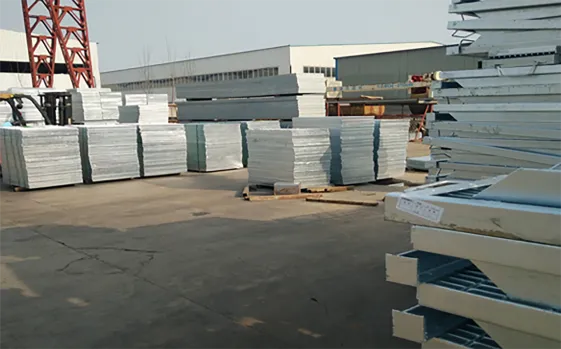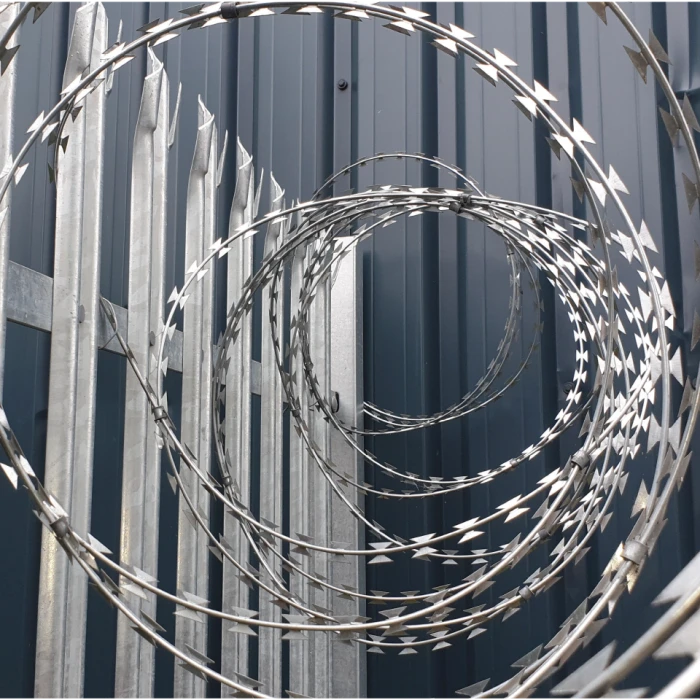Mar . 04, 2025 10:14 Back to list
types of mesh for concrete


Rebar Mesh Rebar, short for reinforcing bar, is a staple in concrete reinforcement, often combined with mesh formats to provide a dual reinforcement strategy. This approach is predominant in large scale infrastructure projects like bridges, highways, and high-rise buildings. Rebar mesh consists of steel bars arranged into a grid-like framework that delivers superior tensile, shear, and bond strengths, essential for withstanding heavy loads and dynamics forces. Hexagonal Mesh Often used for its flexibility and adaptability, hexagonal mesh is particularly beneficial in applications requiring a conforming mesh shape. It is prominently used in embankment stabilization, retaining walls, and in some flooring systems. The hexagonal configuration allows the mesh to accommodate irregular surface contours, contributing to a more consistent and stable concrete form. Steel Fiber Mesh A contemporary trend in concrete reinforcement is the use of steel fiber, which integrates metal fibers uniformly throughout the concrete mix. Steel fiber mesh is ideal for industrial floors and surfaces subjected to heavy machinery or vehicle traffic. The fibers distribute loads evenly, reducing cracking and increasing fatigue resistance over time. This method is lauded for its improvement in impact resistance and longevity of concrete structures. While each type of mesh offers distinct benefits, the choice of mesh in concrete work should be guided by specific project requirements, environmental conditions, and long-term durability goals. Consulting structural engineers and material specialists can significantly enhance the decision-making process, ensuring the chosen mesh aligns with both the architectural vision and the practical demands of the construction. In conclusion, the various meshes available today reflect a balance between traditional practices and innovative technologies. By understanding the unique properties and applications of each type, construction professionals can optimize concrete reinforcement strategies, enhance performance outcomes, and ultimately contribute to the sustainability and safety of their projects. Each mesh type offers a path to more efficient, durable, and cost-effective construction solutions, solidifying their integral role in modern engineering and construction methodologies.
Latest News
-
Brick Mesh Wall Solutions | Enhanced by GPT-4 Turbo Design
NewsAug.01,2025
-
Premium Anti-Climb Fence Spikes for Sale
NewsAug.01,2025
-
Premium Peach Post Fence | Durable & Stylish Security
NewsJul.31,2025
-
Best Galvanized Grating Price - Durable Galvanized Steel Grating Solutions
NewsJul.30,2025
-
0.5-4.0mm Wire 2×2 4×4 8×8 Hot Dipped Galvanized Welded Mesh Roll
NewsJul.30,2025
-
Metal Fence Pickets for Sale – Durable Galvanized & Steel Options
NewsJul.29,2025
Our company owns has excellent CAD steel grating drawing designers, who can provide customers with perfect steel grating layout design and better meet customers' special requirements for products. We have been adhering to it the business tenet of "quality first, customer first", with high-quality products, reasonable prices, and the fastest delivery time, we wholeheartedly provide customers with a full range of services! Welcome new and old customers to cooperate sincerely and create brilliance together!
Contact Us
WELCOME TO OUR COMPANY!
Thank you for your interest in our services! If you have any questions or wousld like to book a service, please don’t hesitate to contact us. Our team is dedicated to providing you with the highest level of service and support, and we are committed to working with you to make your event a success.

Service Email

Service Phone
Product Center
Contact Us
- Phone: +86 +86 15733154345
- E-mail: sales@chengsenchina.com
- Address: B1213 GLOBAL CENTER, NO.226 ZHONGHUA NORTH STREET, SHIJIAHUANG, CHINA


























